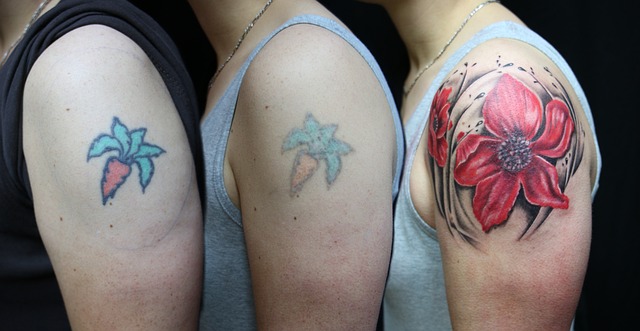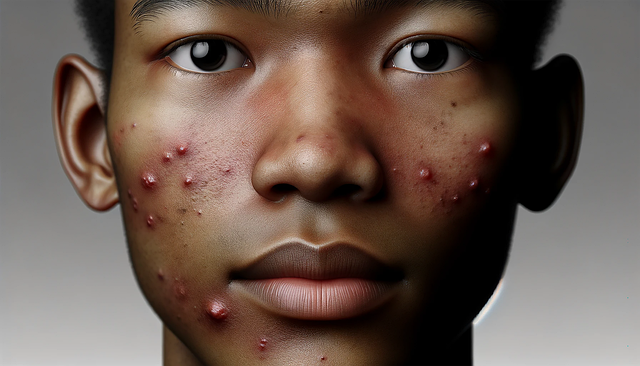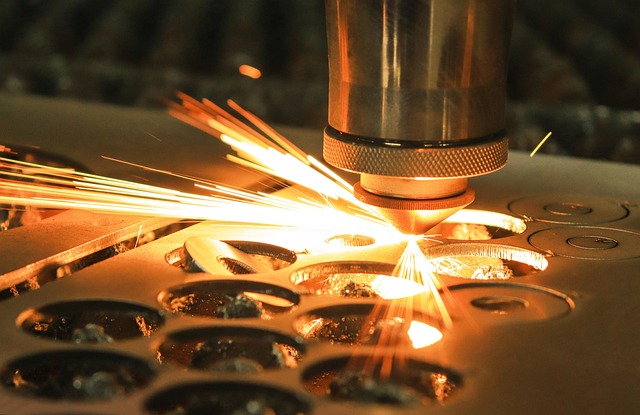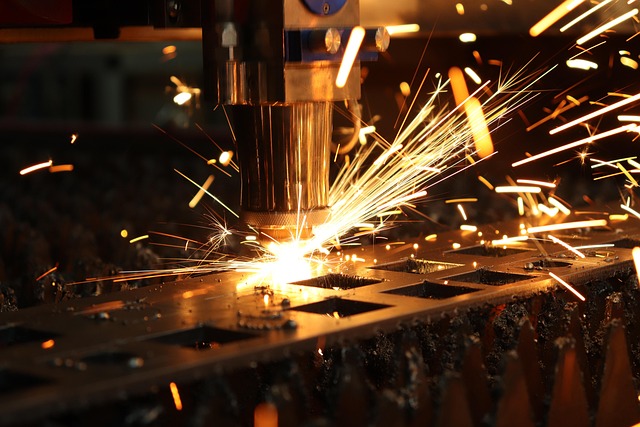Laser wart removal treatment offers a precise, minimally invasive method to eliminate warts. Specialized clinics in UK locations like Wakefield, Essex, Colchester, and Canterbury provide this alternative to traditional methods. The procedure uses concentrated light beams to target and destroy abnormal skin cells while preserving healthy tissue. Preparation includes sharing medical history and avoiding sunlight before the session. During treatment, a provider cleans, numbs, and uses a laser to destroy wart cells; multiple sessions may be needed. Aftercare involves keeping the area clean, dry, and protected for optimal healing and to prevent reoccurrence.
Looking for a permanent solution to get rid of unsightly warts? Laser wart removal treatment could be the answer. This comprehensive guide explores an advanced, effective method for eliminating warts using lasers. From understanding the science behind the treatment to preparing for your procedure and caring for your skin afterward, we break down the entire process. Discover the benefits of laser technology and how it offers a clear path to a wart-free life.
- Understanding Laser Wart Removal Treatment
- Benefits of Using Lasers for Warts
- Preparing for Your Laser Wart Procedure
- The Laser Treatment Process Step by Step
- Aftercare and Recovery Guidelines
Understanding Laser Wart Removal Treatment

Laser wart removal treatment has emerged as a highly effective and minimally invasive method to eliminate warts. This procedure involves using concentrated beams of light to target and destroy the affected skin cells. During the treatment, a specialized laser is applied directly to the wart, precisely destroying the abnormal tissue while minimizing damage to surrounding healthy skin. The process may require multiple sessions, depending on the size and severity of the wart.
The wart removal Wakefield and Essex Colchester wart clinic offer private treatments tailored to individual needs. Similarly, private wart removal Canterbury is another option for those seeking discreet and specialized care. Unlike traditional methods that might cause discomfort or scarring, laser treatment offers a precise and gentle approach, making it an appealing choice for many. It’s essential to consult with a qualified professional who can assess the condition and determine if laser wart removal is the best course of action.
Benefits of Using Lasers for Warts

Using lasers for wart removal offers several significant advantages over traditional treatment methods. Laser wart removal treatments are highly effective, providing a precise and targeted approach to eliminating warts while minimizing damage to surrounding skin. This non-invasive procedure is particularly beneficial for stubborn or hard-to-reach warts, as it can reach deep into the skin’s layers without causing widespread irritation.
Compared to methods like cryotherapy (freezing) or topical creams, laser treatments are often faster and more comfortable for patients. The Manchester wart clinic, for instance, specializes in offering efficient laser wart removal services. Similarly, Wart Removal Woking is a sought-after option for those seeking the best laser wart removal near them. This modern approach ensures quicker recovery times, reduces the risk of scarring, and sometimes even eliminates the need for repeated treatments, making it a preferred choice for many.
Preparing for Your Laser Wart Procedure

Preparing for your laser wart removal treatment is a crucial step in ensuring optimal results and minimal discomfort. Before your appointment, it’s essential to inform your dermatologist about any medications or health conditions you have. Some common over-the-counter creams and ointments can interfere with the laser treatment, so transparency is key. Additionally, avoid exposing the treated area to sunlight or tanning beds for several days prior, as this can increase sensitivity.
On the day of your procedure, arrive a few minutes early to fill out any necessary paperwork regarding consent and medical history. The healthcare provider will clean the wart and apply a numbing cream to reduce discomfort during the laser treatment. They’ll then use a specialized laser to target and destroy the wart cells. How long this process takes varies depending on the size and number of warts, but typically, each session lasts between 15-30 minutes, with several sessions often required for complete removal.
The Laser Treatment Process Step by Step

Laser wart removal treatment is a precise and effective procedure that involves using concentrated light energy to eliminate warts. During the treatment, a specialized laser is directed at the wart, targeting the infected skin cells while minimizing damage to surrounding healthy tissue. The process begins with a thorough examination of the wart to ensure it’s suitable for laser treatment. A topically anesthetic cream may be applied to numb the area, making the procedure comfortable.
Next, the dermatologist or trained specialist cleans and dries the affected skin. A lens or mirror is used to view the wart precisely, and the laser is then activated. The laser beam delivers a burst of light that penetrates the skin, breaking down the wart’s structure. As the energy absorbs into the infected cells, they vaporize, leaving behind healthy skin. After treatment, a bandage may be applied to protect the area while it heals. For best results, multiple sessions may be required, with intervals between treatments to allow the skin to recover. This process is commonly offered at private wart removal clinics, such as those in Essex or Bolton, providing effective solutions for stubborn warts.
Aftercare and Recovery Guidelines

After a successful laser wart removal treatment, proper aftercare is essential to ensure optimal healing and minimize the risk of reoccurrence. It’s recommended to keep the treated area clean and dry, avoiding any harsh scrubs or products that may irritate it. A gentle, fragrance-free soap and lukewarm water should be used for cleansing. After washing, gently pat the area dry with a soft towel, taking care not to rub. Applying a thin layer of unscented moisturizer can help soothe and hydrate the skin.
During the recovery period, it’s crucial to be mindful of certain activities. For 24-48 hours following the treatment, avoid soaking in water for extended periods, such as baths or swimming, to prevent potential infection. Additionally, refrain from picking or scratching at the treated area, as this can lead to scarring and delay healing. While most people experience minimal discomfort, if you notice any severe redness, swelling, or discharge, contact your healthcare provider or visit a clinic like those in Maidstone, Guildford, or Southend-on-Sea for professional assistance.
Laser wart removal treatment offers a precise and effective solution for those seeking to eliminate unsightly warts. By targeting the affected areas with concentrated light energy, lasers can efficiently destroy wart tissue while minimizing damage to surrounding healthy skin. As discussed in this article, understanding the process, preparing adequately, and following aftercare instructions are key to achieving optimal results and enjoying a wart-free life.
